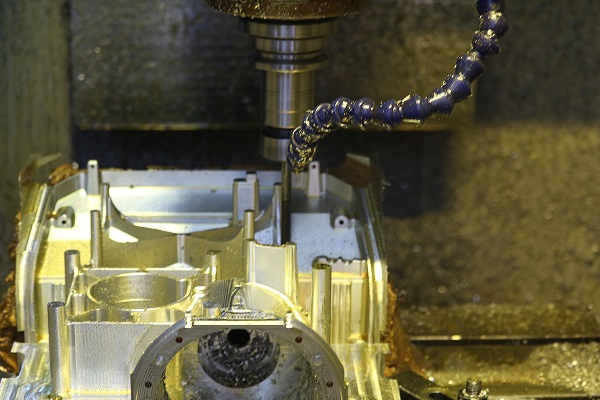Get in touch.
Dear,I will reply in 12 hours. All your message are protected!
Rapid Prototyping Services, Professional manufacturer of CNC Prototyping and 3D Prototyping in China.
CNC (Computer Numerical Control) machining is a widely used manufacturing process known for its precision and versatility. However, scrap production during CNC machining can lead to wasted time, resources, and increased costs. In this article, we will explore effective strategies and best practices to minimize scrap in CNC machining, providing valuable insights to optimize your machining process and enhance efficiency and quality.

1.Detailed Planning and Design:
Thoroughly plan and design your CNC machining process to minimize the risk of scrap. Create comprehensive CAD (Computer-Aided Design) models or technical drawings with accurate dimensions, tolerances, and machining instructions. Ensure clear communication with designers, engineers, and machinists to prevent any misunderstandings that could lead to errors and scrap.
2.Material Selection and Preparation:
Select the appropriate material for your CNC machining project, considering factors such as strength, machinability, and cost. Ensure the material is properly prepared, including cleaning, deburring, and removing any surface defects. This will help prevent tool wear, reduce the chances of errors, and minimize scrap.
3.Tooling and Cutting Parameters:
Choose the right cutting tools and optimize cutting parameters to minimize the risk of scrap. Select high-quality tools suitable for the material being machined and adjust parameters such as spindle speed, feed rate, and depth of cut accordingly. Strive for a balance between material removal and tool life to achieve optimal efficiency and minimize scrap.
4.Machining Techniques:
Implement efficient machining techniques to minimize scrap production. Utilize strategies such as roughing and finishing passes to remove excess material gradually and ensure accuracy. Consider using adaptive machining techniques or high-efficiency toolpaths to optimize material removal and reduce machining time, minimizing the chances of errors and scrap.
5.Toolpath Simulation and Verification:
Simulate and verify the toolpath before machining to identify any potential issues or collisions that could result in scrap. Utilize CAM (Computer-Aided Manufacturing) software or specialized simulation tools to visualize the toolpath, ensuring it accurately follows the desired contours and dimensions. Detect and rectify any errors or collisions before running the machining operation.
6.Fixture Design and Setup:
Ensure proper fixture design and setup to securely hold the workpiece during machining. Use clamps, vises, or custom fixtures designed for stability and accuracy. Proper alignment, positioning, and support are crucial to prevent workpiece movement or vibrations that can lead to errors and scrap.
© 2005-2025 Shenzhen Tuowei Model Technologies Co., Ltd. | All Rights Reserved 粤ICP备11096697号